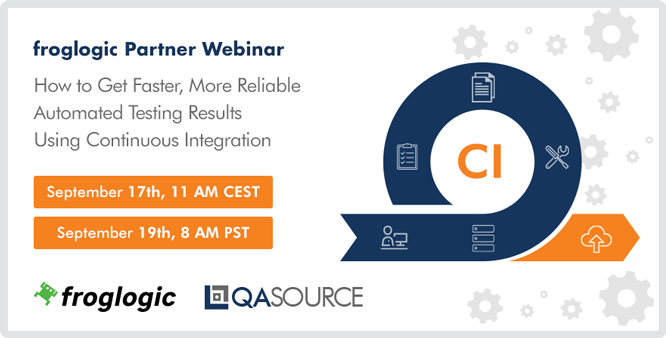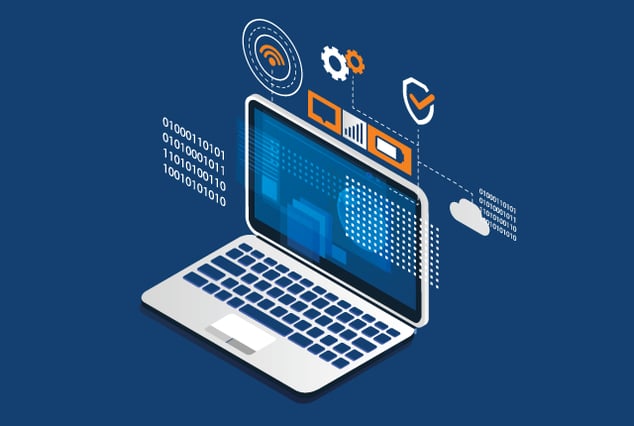
Automation is a testing technique that follows predefined rules. Artificial Intelligence is designed to simulate human behavior, intelligence and thinking. Now, what would happen if software engineers blend automation with artificial intelligence? Robotic process automation would come into play. What exactly is robotic process automation (RPA)?
Our expert AI and test automation engineers have put together all you need to know about RPA in order to achieve maximum ROI.
Robotic process automation is a sequence of commands that are executed by bots under a set of defined business rules. The main goal of RPA is to automate the repetitive or monotonous tasks performed by humans. RPA software can interact with user portals, website and can run on a laptop or smartphone. RPA has four implementation phases: planning, development, testing, support & maintenance. Robotic process automation lets you automate workflows, infrastructures and back office process without the need for code development or access to the application code and database.
Comparing Test Automation and RPA
There are many overlaps between Test Automation tools and RPA tools. For example, both tools can drive a keyboard, mouse, and screen. However, there are many differences between these tools:
Goals: The goal for test automation is to decrease the time it takes to execute test cases and the goal for RPA is to decrease the headcount.
Tasks: Automated testing automates repetitive test cases, whereas RPA automates repetitive business processes.
Coding Skills: Using automation requires coding skills in order to create scripts, however, RPA does not require coding skills as it is wizard-driven.
Applications: Test automation allows applications to run on various environments, including performance, Dev, QA and Production. RPA allows applications to run on the production environment.
Implementation: Products are automated with test automation, and both products and services are automated with RPA.
Users: Automated testing is ideal for technically experienced users, and RPA can be used by non-technical individuals.
Roles: Test automation acts as a virtual assistant where RPA acts as a virtual workforce.
Artificial Intelligence: Only coded areas can be automated with test automation. Many RPA tools come with an AI engine that processes and mimics data like humans.
| Commonly Used Robotic Process Automation Tools | ||
| Automation Anywhere | Another Monday | WorkFusion |
| UiPath | Blue Prism | Pega |
| Linx | Giant | WinAutomation |
Benefits of RPA
When Artificial Intelligence and RPA come together, it can deliver significant benefits to businesses. Robotic process automation performs high-volume repeated tasks, quality analysis, data migration, automates report generation and easily automates large processes. Robotic process automation can be used by individuals without programming skills, is time and cost effective, and increases productivity with bots and back-end configurations. With a clear understanding of these two worlds, businesses can curate a strategy that yields the desired ROI.
How Can You Get Faster Results When Using Continuous Integration With Test Automation?
Register For Our Webinar Below To Find Out!






